
Uitleg 7S Model van McKinsey Modelmatig
In the 1980s, three McKinsey consultants, Tom Peters, Robert Waterman, and Julien Philips created a tool that would prove to be one of the best tools to examine organizational design—the McKinsey 7S Model.They created a list of seven internal factors that determine an organization's efficiency, which is as follows: Strategy; Structure
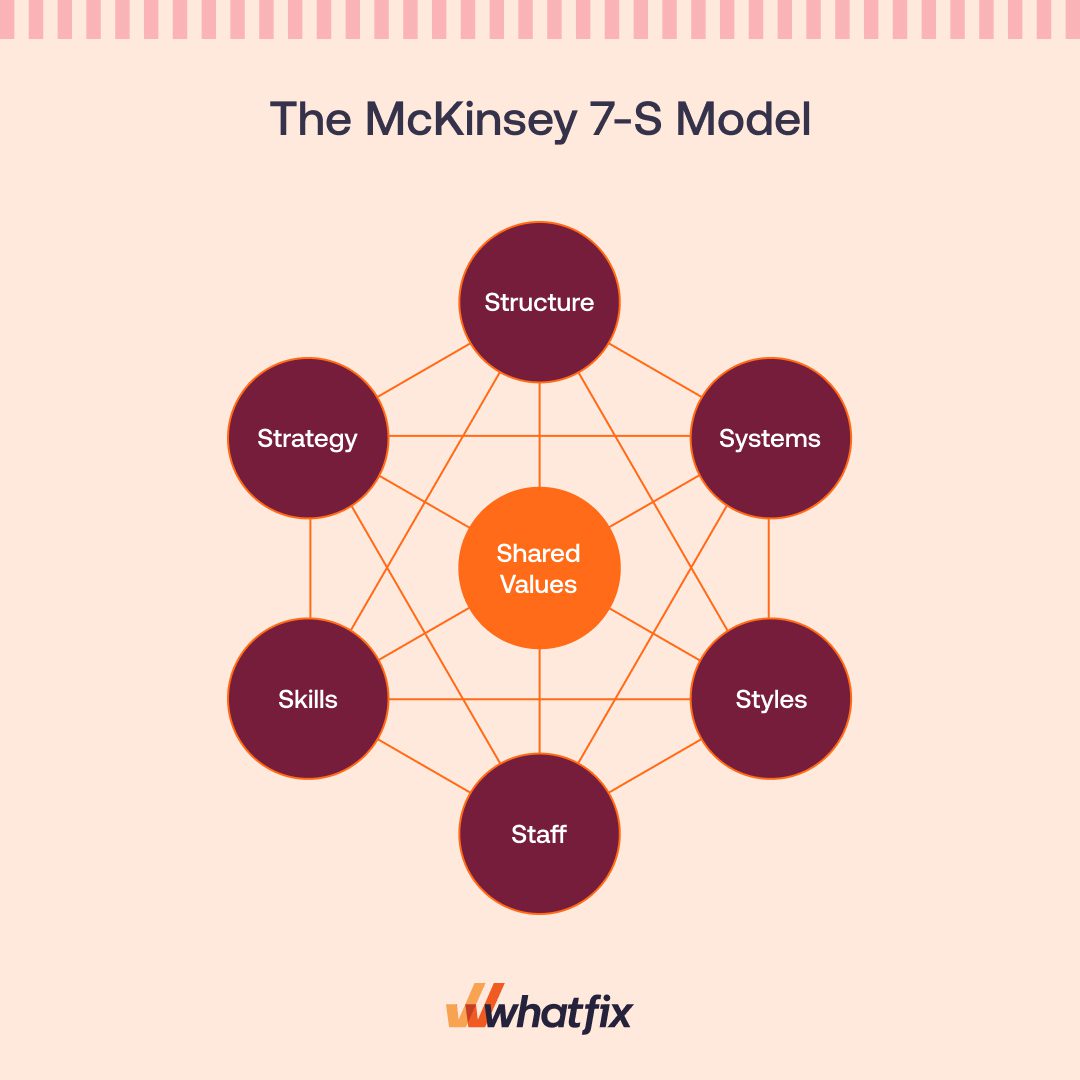
The McKinsey 7S Model Framework, Explained (2023) Whatfix (2023)
The McKinsey 7S Framework was designed by former employees like Tom Peters, Richard Pascale and Robert Waterman jr, formers consultants of McKinsey, the American consulting firm and is applied in organizations all over the world. The McKinsey 7S Framework is a diagnostic model refer to the seven elements or factors that start with the letter 'S'.
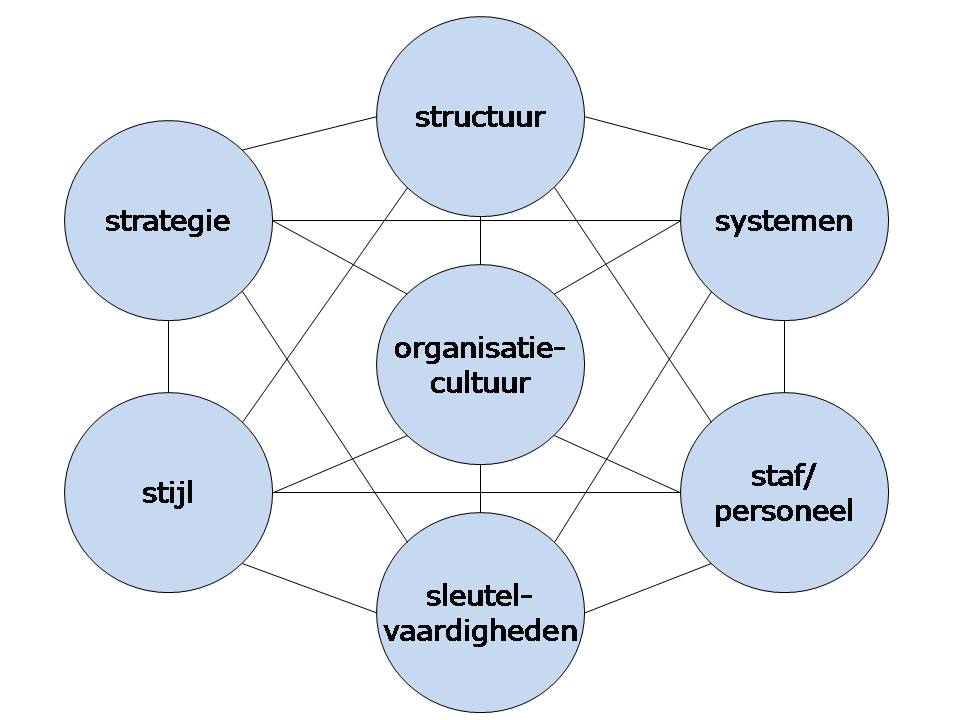
7Smodel Managementmodellensite
The 7 S's are structure, strategy, systems, skills, style, staff and shared values. The model is most often used as an organizational analysis tool to assess and monitor changes in the internal situation of an organization.

McKinsey 7S framework 8 project modifications. Download Scientific Diagram
The McKinsey 7S Model is a change management tool for analyzing organizational design, alignment, and performance. It offers a simplified method of identifying organizational gaps, inconsistencies, and conflicts. Additionally, it is useful for mapping out various types of change initiatives in complex environments.
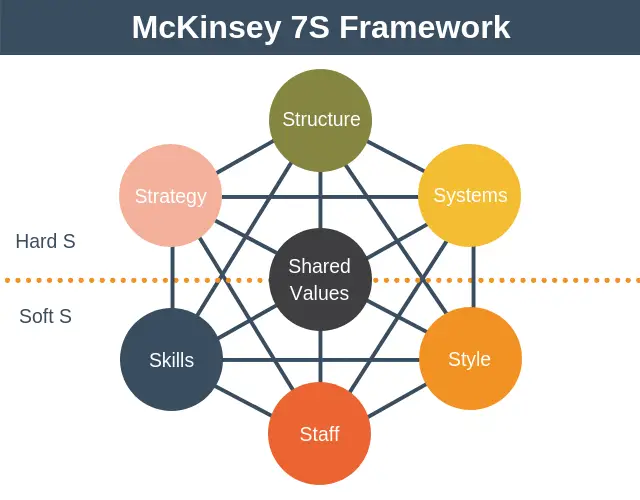
McKinsey 7S Framework Strategy Training from EPM
The checklist is broken down into the 7 stages of McKinsey's 7-S Model: Step 1 - Strategy. Step 2 - Structure. Step 3 - Style. Step 4 - Staff. Step 5 - Skills. Step 6 - Systems. Step 7 - Shared values. At the end of each stage, your supervisor/manager will review your work using Process Street's approvals feature.

McKinsey 7S Model in 2020 Diagram, Templates, Progress
The McKinsey 7S Model is an organizational tool that assesses the well-being and future success of a company. It looks to seven internal factors of an organization as a means of determining.

Cómo usar modelo de las 7 S de McKinsey Blog Lucidchart
The McKinsey 7S Model is defined as a management framework to identify seven main internal elements of an institution. The seven elements are strategy, structure, systems, skills, staff, style, and shared values. These elements help users to get a holistic approach to assessing and improving institutional effectiveness.

McKinsey 7S Model Understanding Organizational Effectiveness Models
The McKinsey 7-S Model identifies seven components of an organization that must work together for effective change management: Structure, Strategy, Staff, Style, Systems, Shared Values, and Skills.
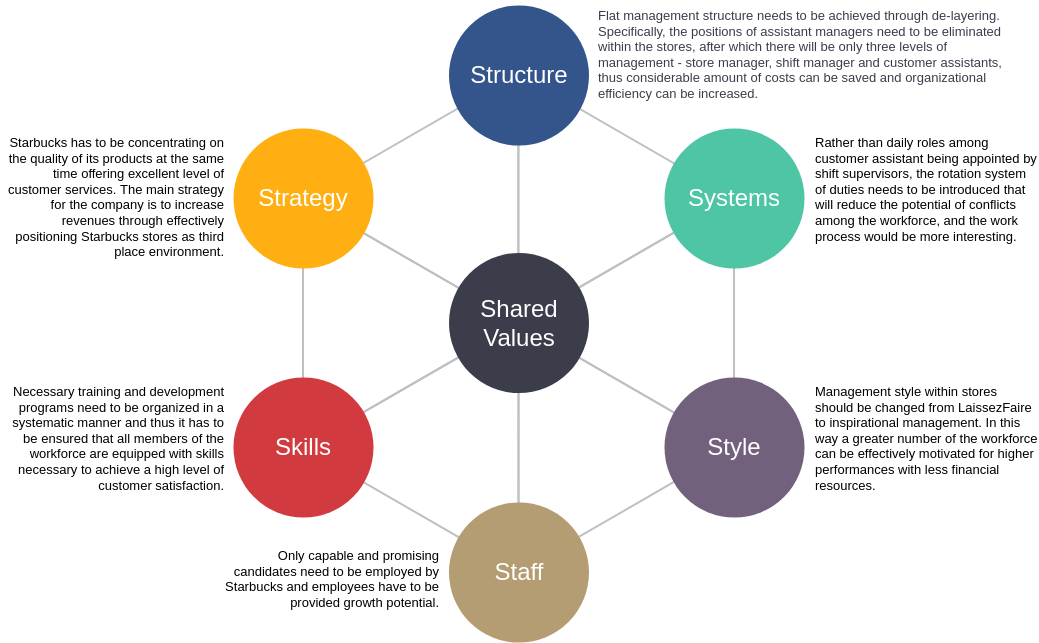
McKinsey 7S Model Comprehensive Guide Visual Paradigm Blog
The McKinsey 7-S Model evaluates organizational design by considering seven key elements: Structure, Strategy, Skill, System, Shared Values, Style, and Staff. Alignment and mutual reinforcement of these elements are crucial for successful organizational performance. The model helps identify areas for realignment and improve performance during.

La Ligne Diagramme De Cercle De 7s Model Van Mckinsey De Diagramme Et Vecteur D'icône Conçoivent
The Seven Elements of the McKinsey 7-S Framework The model categorizes the seven elements as either "hard" or "soft": The three "hard" elements include: Strategy. Structures (such as organization charts and reporting lines). Systems (such as formal processes and IT systems.)

7Smodel Managementmodellensite
McKinsey 7-S Model Definition . The McKinsey 7S model is one of the most popular strategic planning tools. Businesses commonly use it to analyze internal elements that affect organizational success. The model recognizes 7 of these elements and considers them to be interlinked, therefore it's difficult to make significant progress in one area.
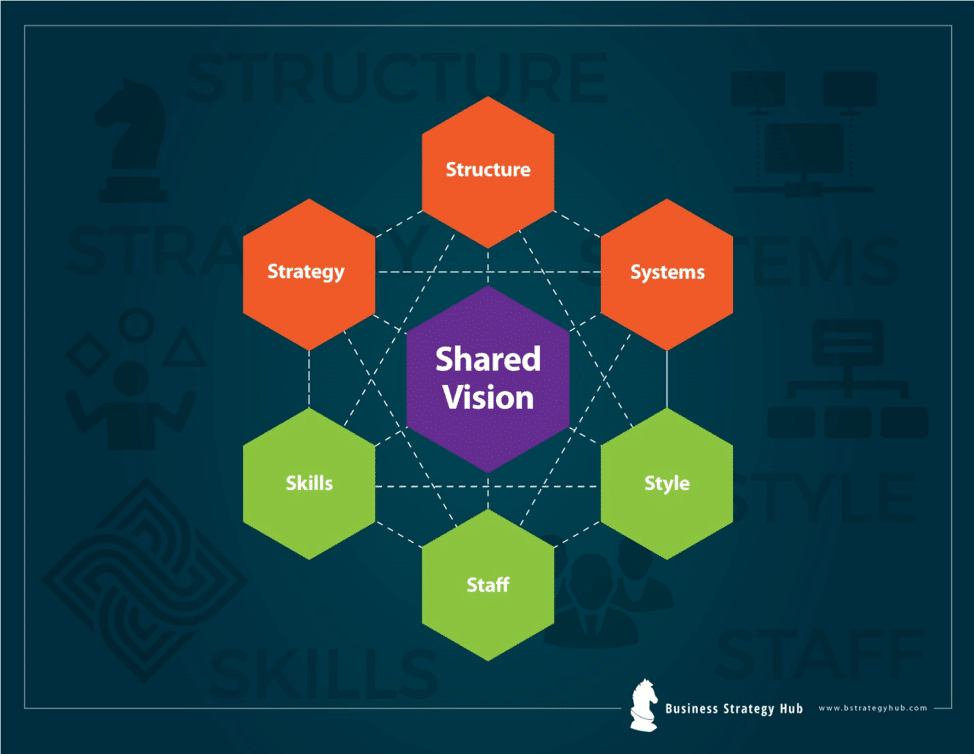
Boost Your Organizational Performance with McKinsey 7S Model ! Business Strategy Hub
The McKinsey 7S Model argues that organizational effectiveness requires more than having an organizational structure and chain of command controlling the achievement of a company's strategic plans. The model maps seven interacting factors critical in achieving effectiveness in any organization: Structure, Strategy, Staff, Systems, Skills.
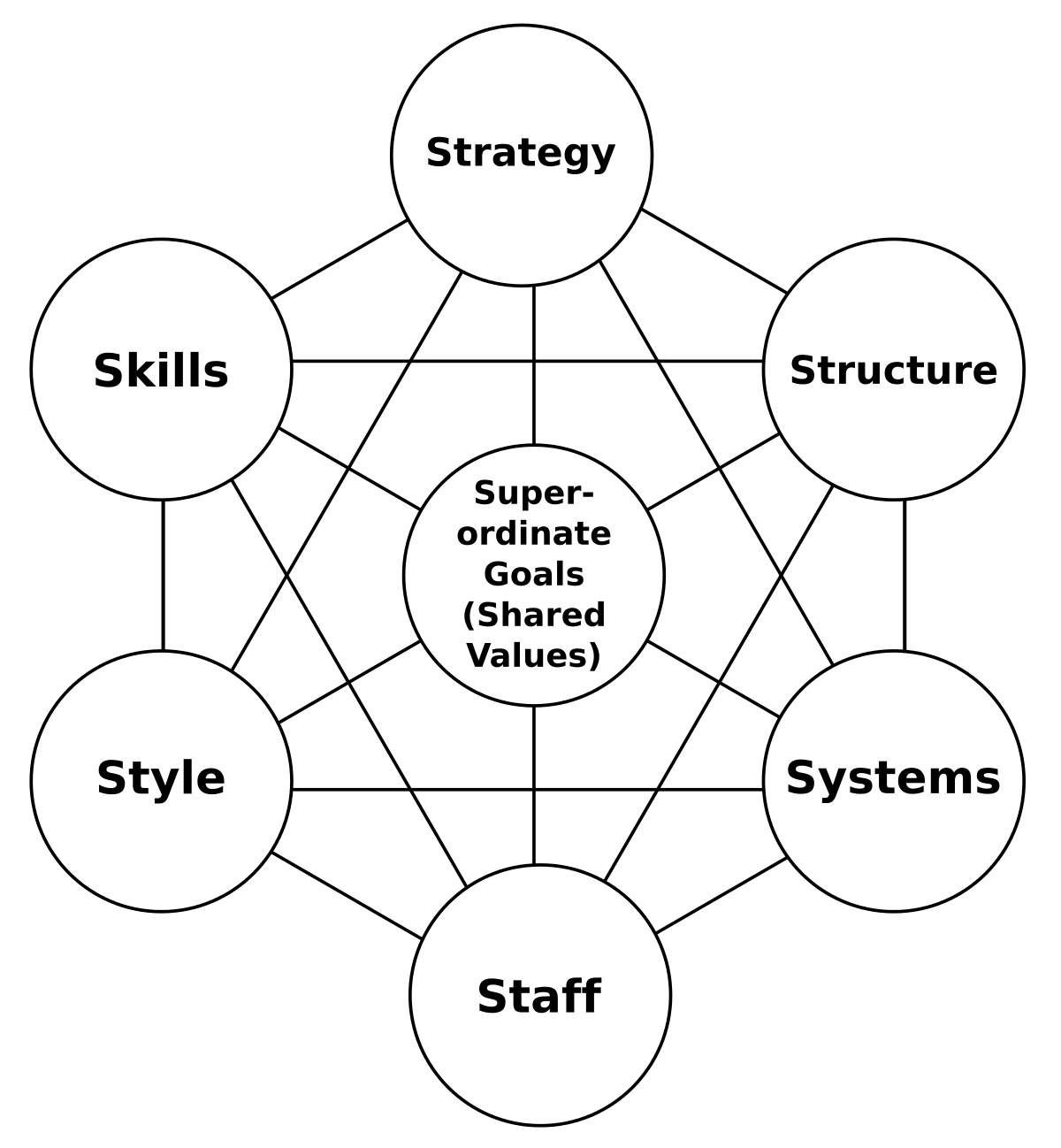
Mckinsey 7s Framework Example Advantages and Disadvantages of Mckinsey 7s 2023
McKinsey 7S model is a tool that analyzes company's organizational design by looking at 7 key internal elements: strategy, structure, systems, shared values, style, staff and skills, in order to identify if they are effectively aligned and allow the organization to achieve its objectives. What is the McKinsey 7S Model

Applying Mckinsey 7s Model
Podcast Enduring Ideas: The 7-S Framework Featured in the book In Search of Excellence, by former McKinsey consultants Thomas J. Peters and Robert H. Waterman, the framework maps a constellation of interrelated factors that influence an organization's ability to change.
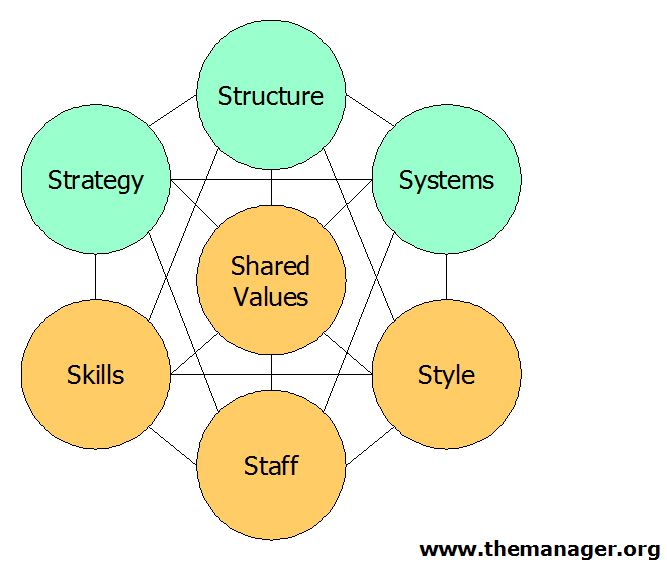
The 7 S Model Summary and Application
Developed in the late '70s by McKinsey consults Thomas J. Peters and Robert H. Waterman, the McKinsey 7S model is a framework that helps you assess seven key elements of your business's organizational design that need to change or be aligned in order to be successful.

McKinsey's 7S Model Oxford College of Marketing
What is the McKinsey 7S Model? The McKinsey 7S Model refers to a tool that analyzes a company's "organizational design." The goal of the model is to depict how effectiveness can be achieved in an organization through the interactions of seven key elements - Structure, Strategy, Skill, System, Shared Values, Style, and Staff.